The ITYM is a team competition for high school students from all over the world. Its purpose is to stimulate interest in mathematics and its applications, to develop scientific thinking, communication skills and teamwork.
Teams are composed of 4 to 6 students, accompanied by 1 or 2 team leaders.
In contrast to olympiads, the problems for the ITYM are published several months in advance and contain parts with no known solution. During the tournament the participating students present their results in a kind of research debate involving Reporter, Opponent, Reviewer and Observer.
History of the Tournament
The ITYM developed out of national tournaments in some countries, especially from Eastern Europe. The need for an international tournament became increasingly clear over the last few years. The ITYM was motivated, in particular, by the growing popularity of the International Young Physicists’ Tournament (IYPT).
The former editions of the ITYM involved participants of multiple countries : Brazil, Russia, Romania, Iran, Georgia, Nepal, Germany, Belarus, France…
You can find more information about the tournament and the past editions on the website of the tournament.
Teamwork
Unlike the majority of mathematical competitions, the ITYM is centered on teamwork. Since students are totally free to go the way they want in the problem (there are only a few intermediates questions), they must find their approach. Students then share their different ideas and perspectives in order to make progress on solving the problem. The teams look like small research labs, with their directors. The tournament aims to turn teams from a sum of individuals to a true collective dynamic which leads to the best results. The team is actually a group with an open critic of the work of the others to improve the global quality. The role of team leaders is to provide their students with advice and support.
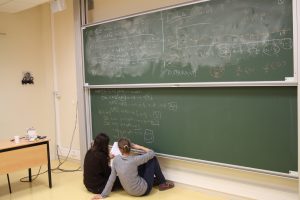

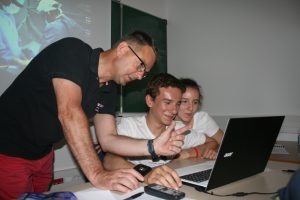
Problems
In April, the IOC publishes a set of 10 problems. Each team should work on all of them, but it is not necessary to have deep results on each. Having good results on 7 problems is enough. A random draw gives each team a set of problems among which the students choose the one they will give a presentation of (see regulation for further details). These problems are written by researchers in mathematics and are often close to research problems. Then, the students have to make a research work on the problems, solving particular cases, guessing how it works, show intermediate lemmas or theorems, and even studying limit cases that may not satisfy some conditions.
You can take a peek at the problems from ITYM 2017 here.
The Roles
Yet working as a team, various roles are offered during the core process : the reporter, the opponent and the reviewer :
The Reporter presents the main ideas and results obtained while solving the problem. Black or white boards, a laptop and a projector will be available so that the Reporter may use slides. One of the main goals of the Reporter is to make his performance understandable by the audience.
The Opponent analyses the Reporter’s solution and presentation pointing to inaccuracy and errors in the report, as well as to advantages of Reporter’s proofs. For the purpose of revealing possible shortcomings, the Opponent draws the Reporter into a discussion of the presented results.
However, the Opponent should not turn the discussion into an explanation of his/her own solution.
The Reviewer evaluates the presentations of the Reporter and the Opponent by studying positive and negative aspects. One of the main intentions of the Reviewer is to detect whether the Opponent said anything wrong or overlooked Reporter’s faults.
The Observer only makes important and useful remarks missed by other participants, otherwise should not participate in the discussion. If the Observer wastes time, the Jury may evaluate the performance by negative marks.
To find out more about the different roles, you can read the regulations of the tournament.
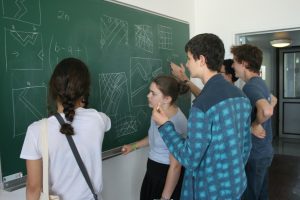
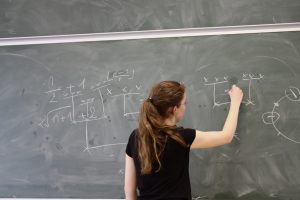
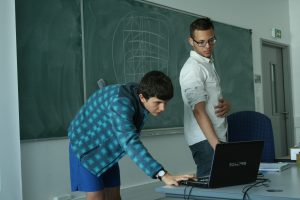
If you want to know more about the research phase and the competition phase of the tournament, you can find more detailed information here.